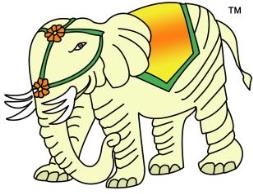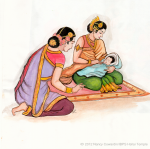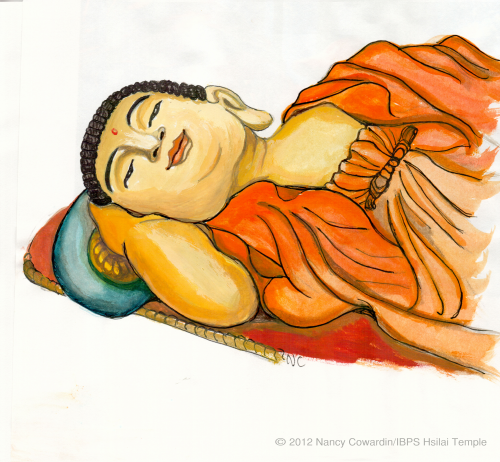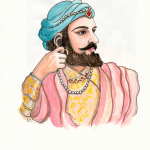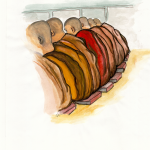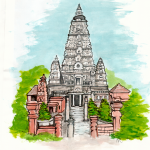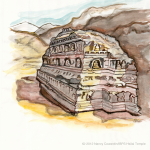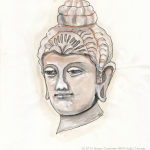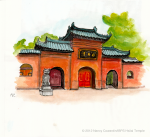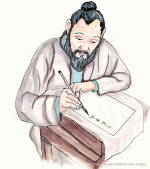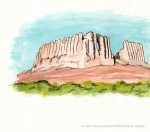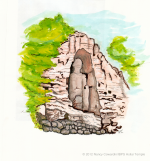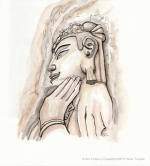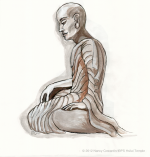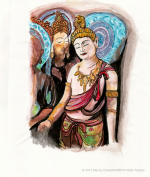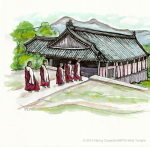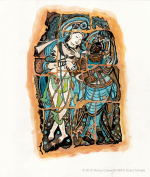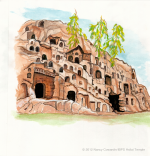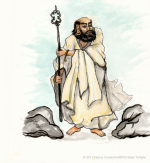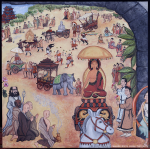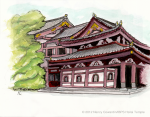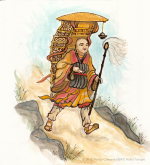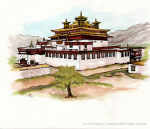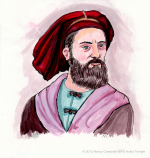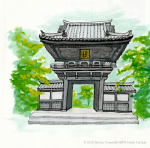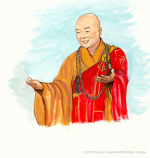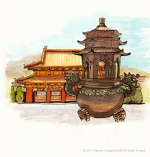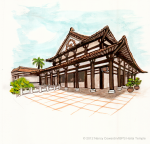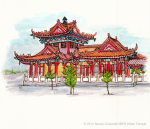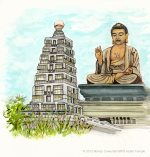Timeline
Timeline for development and spread of Buddhism
Pictures by Nancy Cowardin 2013
Timeline of Luoyang as China’s Capital
Luoyang is one of China’s ancient capitals.
| Dynasty | Dates | # Years |
|---|---|---|
| Eastern Zhou | 770-256 BCE | 514 |
| Eastern Han | 25-220 CE | 195 |
| Wei (Three Kingdoms) | 220-265 | 45 |
| Western Jin | 265-316 | 51 |
| Sub-total | 805 | |
| Northern Wei | 495-534 | 39 |
Luoyang is the location of the first Buddhist temple in China, the White Horse Temple. The Northern Wei Dynasty (386-534) used Luoyang as its capital from 495 to 534. Luoyang is known for its peony flowers.
Buddhist Festivals
Image Processions
Image processions were a meeting point including the people in the procession, music from Kucha, and devotional societies.
Buddhist Literature Timeline
Compiled by Venerable Jue Wei of Fo Guang Shan Hsi Lai Temple
